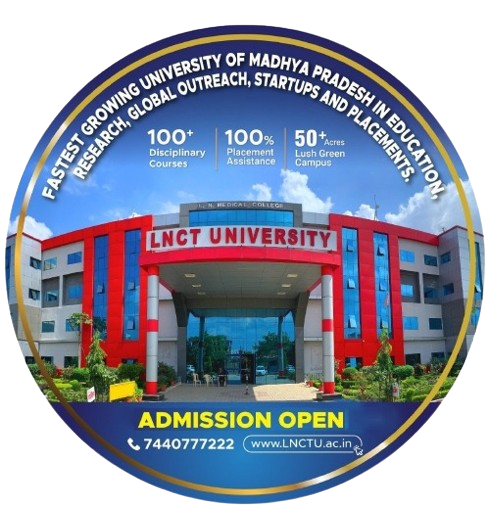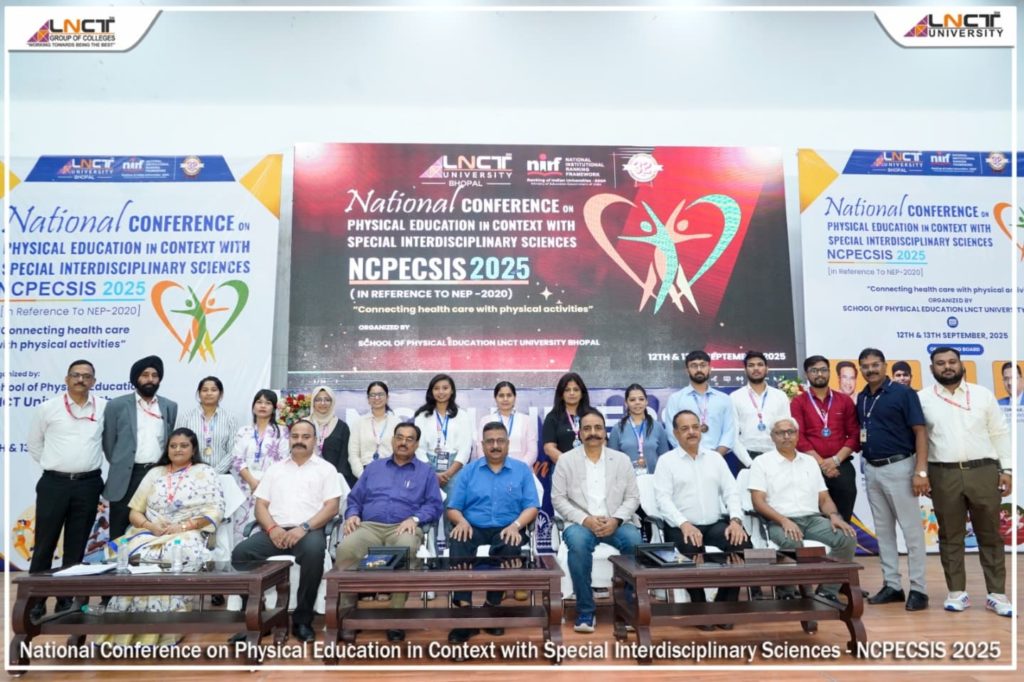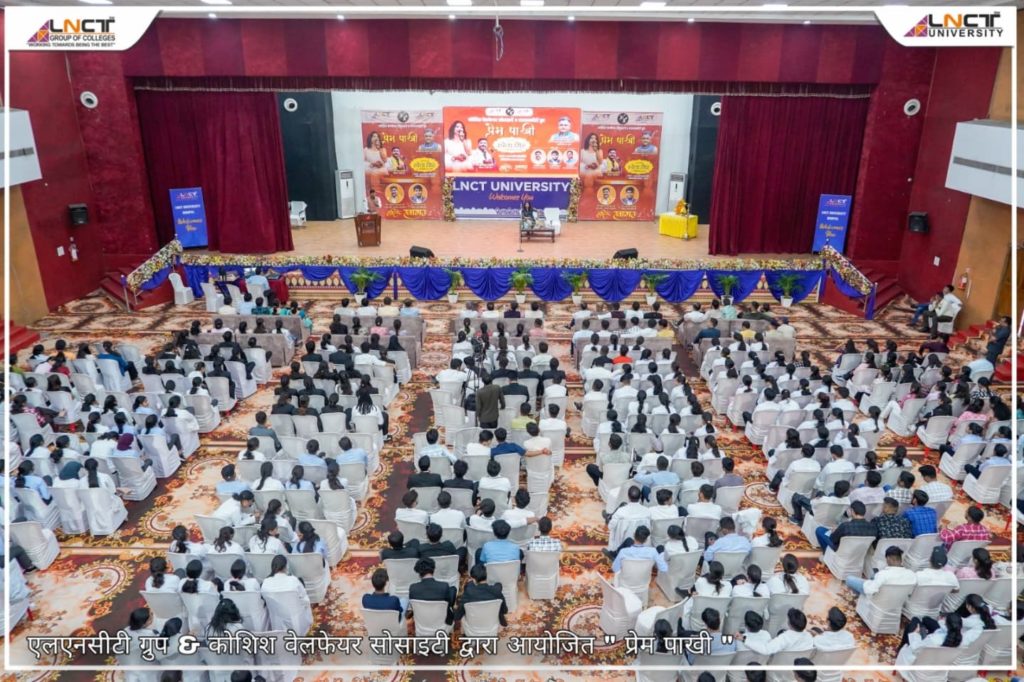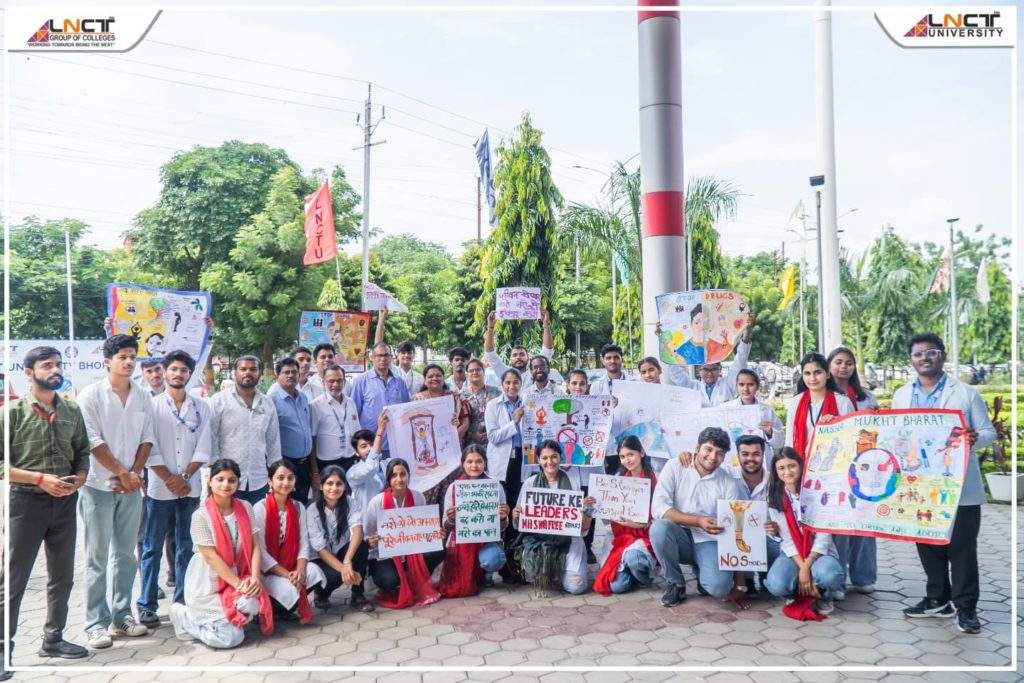Blockchain is considered as a revolutionary technology for the future economy, but not much information is available regarding the origin of this technology. It is believed that after the invention of bitcoin in 2008, this blockchain technology was discovered to support this crypto-currency. It is a modern technology without which it is impossible to transact bitcoin or any other type of crypto-currency
Click Here to Watch Full Webinar on How Blockchain will change our Life
What is blockchain?
- Just as the Internet was invented by connecting thousands of millions of computers, it has been named blockchain by connecting a long chain of data blocks (data).
- Blockchain technology is an adjustment of three different technologies, including cryptography of the Internet, personal ‘key’ (private key), ie keeping information secret and controlling protocols.
- The first on the secure chain of cryptography was Stuart Haber and W.W. Scott Stornetta worked. By the following year, in 1992, Bayer was joined with both of them and improved its design, which made it easier to collect blocks.
- Blockchain is a technology that handles bitcoins and other crypto-currencies. In simple words, it is a digital ‘Public Ledger’, in which a record of each transaction is recorded.
- Once any transaction is entered into the blockchain, it can neither be removed nor modified from there.
- Blockchain does not require a reliable third party such as a bank for transactions.
- Under this, the details of each transaction are recorded in the ledger after being verified by networked devices (mainly computer chains, called nodes).
Key features of blockchain
- Decentralization and transparency is the most important system of blockchain technology, due to which it is proving increasingly popular and effective.
- Blockchain is a technology designed as a program to record financial transactions.
- It is a digital system, which incorporates Internet technology with great reliability.
- It can store blocks of similar information on its network.
- Blockchain has the ability to distribute the database ie it acts like a distributed network.
- Not all records of a database are stored in a single computer, but are distributed across thousands of millions of computers.
- Each computer in the blockchain can describe the entire history of each record. This database is encrypted.
- Even if a computer in a blockchain system goes bad, the system continues to work.
- Whenever new records have to be recorded in it, it requires the approval of many computers.
- The blockchain can be easily controlled by a group of users who have permission to add information and can also modify the record of the same information.
- In this technique, the role of intermediaries like banks etc. is eliminated and person-to-person (P-to-P) direct contact is maintained.
- This not only reduces the time taken for transactions, but also makes the chances of making a mistake very less.
Where can it be used?
In addition to crypto-currencies, blockchain technology can be used in the following areas:
- Information Technology and Data Management
- Account of government schemes
- Subsidy distribution
- Keeping legal papers
- Banking and insurance
- Land records regulation
- Digital identity and authentication
- Health statistics
- Cyber security
- Cloud storage
- E-governance
- Smart contract
- Educational information
- E-voting
Blockchain in Economy and Governance The
Government of India is making all efforts to move towards a cashless economy by promoting digital transactions in the economy. The Internet has changed the landscape of financial transactions to a great extent and the use of new technology has reduced the trend of cash transactions significantly. Sending money from one account to another through cards or any other digital medium, paying a bill, paying at the grocery or drugstore, etc. has become extremely easy. In the future it may be possible to strengthen all these by using blockchain technology, but for this it will be necessary to take the right steps in the right direction at the right time.
Security concerns are also attached
- The combination of Internet and digital technology has completely changed the way transactions and information are exchanged. Blockchain technology is playing an important role in this.
- This has given rise to many kinds of apprehensions and questions, such as when the digital payment or information was transacted? … How did it happen? … Who did it?
- Apart from this, the question of examining the safety of transfer and the validity of transfer is no less big.
- Blockchain technology is not used in the case of keeping personal information safe and where there is a risk of leaking of information or information.
- The speed of digital transactions in India is much lower than in developed countries, but cases of frauds occur almost daily.
- Hacking of debit / credit card and bank accounts also continues and there is no strong legal system in the country to prevent this.
- Incidents of civil information theft, cyber harassment, fraud payments, illegal transactions and industrial espionage also occur in India.
- From this point of view, blockchain technology will not be beneficial until strong technical resistance system is created for it.
- There is no clear policy on blockchain in India, nor is there a clear regulatory framework.
- Finance Minister Arun Jaitley in his budget speech for this year has said to set up a committee to consider blockchain technology.
Conclusion: It is expected that blockchain technology will improve the efficiency of all types of transactions by removing the middlemen and this will also reduce the cost of all transactions. Also, it will also increase transparency and will get rid of fake transactions, because every transaction will be recorded and allocated in a public ledger account. Today, in the field of cyber security, banking and insurance, concerns are coming out globally and in such a situation, acceptance is increasing about the use of blockchain technology to make them safe. Experts believe that blockchain can be a gamechanger in current contexts, provided its importance and capabilities are identified in time.




